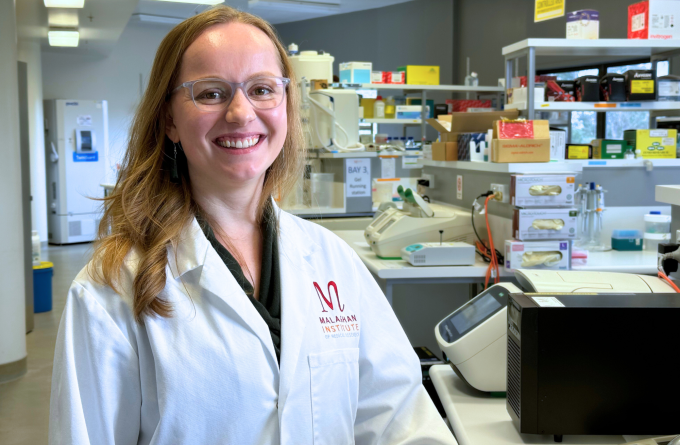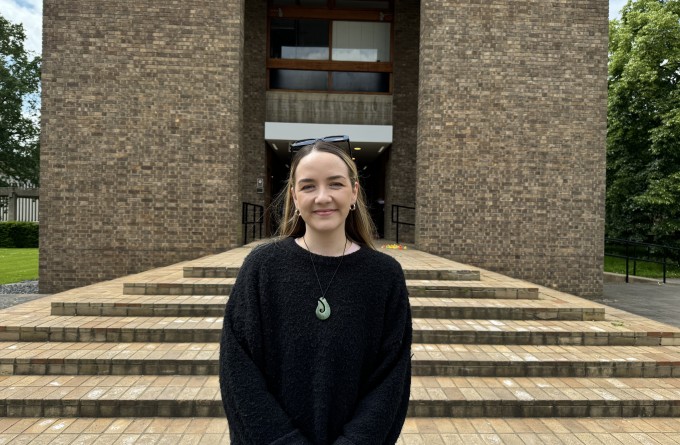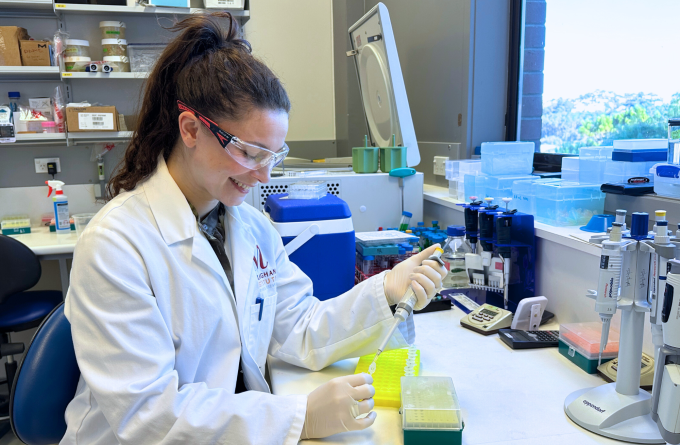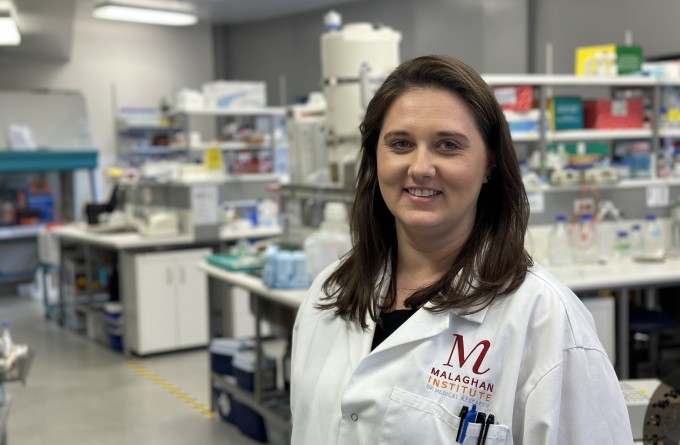7 April 2021

Dr Fran Priddy
A year into the COVID-19 pandemic, while we continue to ride successive waves of infection globally, the magnitude of each wave appears to be dropping, and vaccination coverage with highly effective vaccines is increasing. However, the obvious challenges with vaccine supply, rapid and equitable vaccine distribution, and the evolution of viral variants requiring updated vaccines demonstrates that the pathway ahead is rocky. Achieving broad COVID-19 vaccination coverage and herd immunity in New Zealand appears possible with the current resources and vaccine strategy, but what then? What does a future with COVID-19 look like? It’s worth looking ahead 5-10 years to consider what capabilities countries like New Zealand should invest in now to be prepared for the new global reality.
What will COVID-19 look like in 5-10 years?
It is highly possible that COVID-19 will become an endemic viral disease, similar in some ways to influenza, that requires regular vaccination, protection of vulnerable groups and tamping down of outbreaks in populations with lower immunity and/or vaccine coverage. Only one human virus is known to have been eradicated from the planet (except for a few secure labs) in modern times – smallpox. We did have an effective vaccine but more importantly there is no animal reservoir for smallpox to circulate. SARS CoV-2 can infect several animal species making eradication unlikely. Elimination from humans also appears unlikely because SARS CoV-2 can cause asymptomatic infection in humans, so finding every single case in an outbreak would be close to impossible in most parts of the world. The most likely scenario is an endemic virus that causes smaller outbreaks in populations with low immunity, possibly with seasonal and regional patterns.
GPs will be at the forefront of diagnosing and triaging community cases of infection, of vaccination campaigns to keep coverage rates high and ensure boosters are administered, and other prevention measures. If vaccination of all age groups is required – as projected – for herd immunity, the cost of vaccine supply and delivery will add substantially to healthcare costs. And a vaccine with global demand on an annual, biannual, triannual basis will bring supply constraints that will often be beyond the control of individual countries or financing. Modern vaccine technologies, such as mRNA, may help ease supply pressures but other vaccines, such as those employing adjuvants, are often constrained by the ability to source adjuvant materials. New Zealand can proactively prepare for these future scenarios by building capacity to manufacture one or more vaccine platforms in the country, or to provide valuable plant capacity to commercial vaccine developers to complete the last steps of manufacturing – the filling and labeling of vials – for both domestic use and for export.
Looking ahead to the next one
COVID-19 is related to hundreds of coronaviruses that circulate in animal species and have the potential to jump to humans. In addition to endemic COVID-19, the future most certainly holds human outbreaks of new coronaviruses. Deforestation and global warming, combined with global air travel, have increased the contacts between wild animals and humans, and with them the opportunities for viruses to jump to immunologically naïve humans and spread rapidly. Scientists are working to develop pan-coronavirus vaccines. By sequencing coronaviruses that circulate in the wild, we can identify sequences that may be common across many coronaviruses and could be targeted by vaccines. Vaccines encoding these sequences can be tested in animal models now to see if they can provoke antibodies and other immune responses to protect broadly against several future infections. This type of futureproofing vaccine work is already ongoing in New Zealand and other countries. However focused and long-term investment is required to maintain the human scientific expertise and biosafety level research facilities needed. This commitment provides a foundation in scientific capabilities for the country that can be applied for domestic or international benefit, across different types of pandemic and into related areas such as antimicrobial resistance.
How should New Zealand support this work?
New Zealand could let other countries shoulder the responsibility for pandemic advances such as vaccines, and plan to purchase the most appropriate products as needed. But how certain do we feel about this strategy? COVID-19 has demonstrated the intense interdependence of the global economy and global health, with potential to ravage any country. Vaccine development has been a success, this time. We don’t have to be responsible for the entire enchilada. But it is critical for New Zealand to develop expertise for at least one aspect of pandemic response technology, to contribute to the global scientific endeavour, and put New Zealand in a position of strength for the next pandemic. New Zealanders do know how to prepare after centuries of earthquakes, tsunamis and natural disasters, and this same ethos can guide pandemic planning. Let’s make sure we are ready for the next one.
This article was originally published as an Expert Opinion on the Royal New Zealand College of General Practitioners’ website.
Related articles

In Focus: Fever, too hot to handle or the body's first line of defence?
22 August 2024

In Focus: Rejuvenating the ageing immune system
17 July 2024

Kia Niwha Leader Fellowship for Malaghan vaccine researcher
6 May 2024

In Focus: Mapping the lung's fight – how the entire organ responds to infection
18 April 2024

Malaghan and National Institutes of Health research receives prestigious award
5 March 2024

Malaghan and National Institutes of Health research receives prestigious award
5 March 2024
